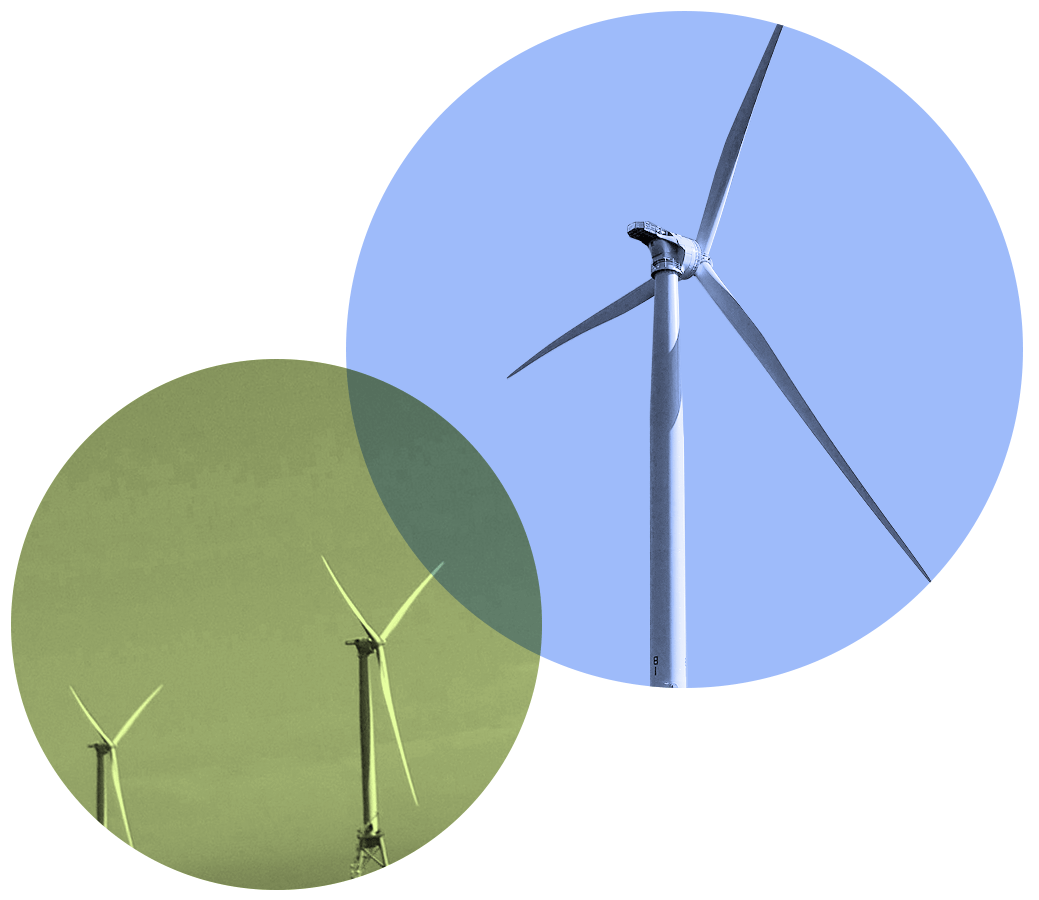
A short-run weekly newsletter analyzing federal climate action during the first months of the Biden administration.

Greetings! I’m Emily Pontecorvo, and today is Day 52 of the Biden administration. As the new president passed the halfway mark of his first 100 days in office, he opened the door to offshore wind.
Fun fact: The wind off the United States’ shores could generate more than double our current electricity demand, according to the International Energy Agency.
Despite that huge potential, offshore wind has been slow to take off in the U.S. The Trump administration was cold to the industry, and enmeshed the first major offshore wind proposal, Vineyard Wind, in environmental reviews and permitting delays. But on Monday, Biden’s Bureau of Ocean Energy Management, or BOEM, released its final environmental impact statement for Vineyard Wind. The project would plant 62 turbines capable of powering 400,000 homes about 15 miles off of Martha’s Vineyard in Massachusetts.
By completing and releasing the Vineyard Wind review so quickly, the administration has effectively greased the path forward for the industry. Vineyard Wind is one of 12 offshore wind projects currently proposed along the East Coast, and the BOEM estimates that around 2,000 turbines could be spinning in the Atlantic Ocean by 2030.
A week after stepping into office, Biden committed via executive order to doubling U.S. offshore wind capacity by 2030. By some calculations, Vineyard Wind will single-handedly accomplish that goal once it’s built.

There will be a 30-day public comment period before the BOEM reaches a final decision on permitting the Vineyard Wind project, which will also need approvals from the Army Corps of Engineers and the National Oceanic and Atmospheric Administration. If it clears those hurdles, the project could begin construction later this year.
The industry hailed the Biden administration’s accelerated review process as a sign that, well, the wind is now at its back. Liz Burdock, head of the nonprofit group Business Network for Offshore Wind, told Politico the “announcement provides the regulatory greenlight the industry needs to attract investments and move projects forward.” The industry also received a boost in December with the extension of an investment tax credit that was passed as part of the omnibus spending bill.
While the Biden administration makes friends in the wind industry, it may be stirring up friction with fishermen. Fishing industry groups were unhappy with the Vineyard Wind review, despite both Massachusetts and Rhode Island setting aside millions to compensate them for any losses associated with the project. The next development in the federal queue, the South Fork Wind farm off the coast of Montauk, New York, is currently stalled by negotiations with fishermen, as well as a legal battle with wealthy Long Island residents over the cable that would connect the turbines to the grid.
But Wait … There’s More.
After ping-ponging between the House and Senate, the $1.9 trillion COVID-19 relief package finally arrived on Joe Biden’s desk, where he signed it on Thursday afternoon. While the bulk of the money in the American Rescue Plan is earmarked for economic recovery and public health, a few climate-friendly measures are included:
- $30.5 billion to rescue public transit agencies, which have been devastated by the pandemic. Expanding public transit is an essential tool to reduce greenhouse gas emissions.
- $4.5 billion for the Low Income Home Energy Assistance program, which helps low-income families pay their energy bills and provides funding for home repairs and improvements that help reduce energy consumption.
- $350 billion to state and local governments that could go to anything from water infrastructure to climate change resilience to broadband projects, which bridge the digital divide that threatens vulnerable communities when extreme weather strikes.
- $100 million in funds to the Environmental Protection Agency “to address health outcome disparities from pollution and the COVID-19 pandemic.”
Much more is expected in the way of climate and clean energy policy in an infrastructure package the administration is cooking up. The question is whether legislators can put together a bill with bipartisan support, or if they’ll again have to sneak massive legislation through via budget reconciliation.



